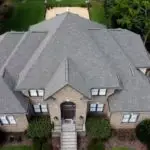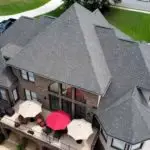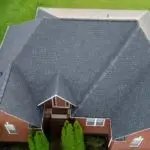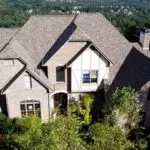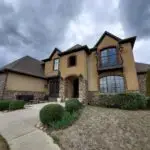If your roofing is more than 20 years old, it’s nearly guaranteed that you’re going to have some roof damage. While roof damage can come from various sources, there are five common reasons why roofs rot, which homeowners can easily identify and fix before it turns to mush. Continue reading!
-
Blocked Gutters
Gutters are key for directing rainwater away from the roof, so if they become clogged or deteriorate, rainwater will have no place to go but back up under the roofing shingles. If this happens, your roof can suffer from water damage and even rot along with your gutter.
-
Cracked Shingles
Shingles aren’t indestructible. If your roof is exposed to deteriorating elements such as ice and snow, strong winds, or hail, the roof may start cracking under pressure. If shingles crack and you neglect to replace them, roof damage will continue to spread, and the roof will eventually rot away at a fast rate.
-
Poor Ventilation
Just like your body, your roof needs fresh air to breathe. If roof vents are blocked or shut somehow, the roof will suffocate and rot. It’s advised that roofers in Austin, TX, inspect roof ventilation for any damage when giving roof structure inspections.
-
Damage Around Roof Vents
When roofing contractors give roof inspections, they should also inspect roof vents for possible damage. If roof vents are loose, broken, or missing whole sections, this will cause roof damage and lead to root rot.
-
Damaged Flashing
Flashing is the metal covering areas under transition between different roofing materials (such as between metal roofing and roof shingles). If the flashing isn’t intact, roof damage will occur. Roofers in Austin, TX, should inspect roof flashing for damage due to metal roof repair services.
In addition to roof rot, roof damage can lead to expensive roof repairs and roofing replacements. To avoid calling roofing contractors for major roof repairs, then roof inspections should be done at least once a year.
We Provide Residential Roofing Solutions In Austin, TX
If you’re suspicious about having a rotten roof or any other roofing issue, contact our roofing company in Austin, TX, to schedule a consultation at your convenience. At Skywall Construction LLC, we provide reliable roof inspections as well as thorough and easy-to-understand explanations of everything we find, so you always understand what you’re paying for. Get in touch with us.

